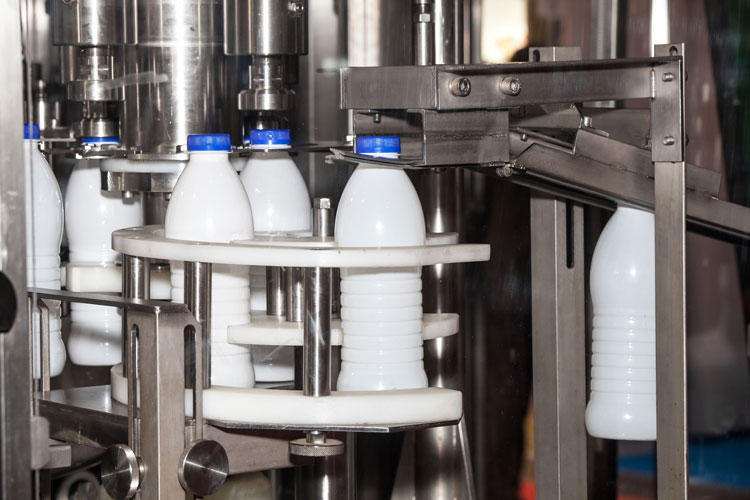
Post-lockdown dairy demand is both fantastic and terrible. It is hard to make sense out of all the individual data points. Retail sales of natural cheese are running strong . . . still up 12% to 13% from last year in the first half of August. Meanwhile, food service sales are still down 15% to 20% from last year. This takes place as cheese-heavy menu items are seeing growth. Then you have the government purchases, but you also have the negative impact of schools being closed.
Trying to balance all those factors in your brain and make a conclusion about dairy demand is impossible. Luckily, we have enough data from the post-lockdown period to start to make some objective conclusions.
You can break dairy demand into three broad categories.
- First, you have commercial domestic demand. This is milk and dairy products that are being sold through retail, moving through food service, and, with the way I have defined it, the category also includes dairy moving through schools.
- The second category is exports, which is straightforward.
- The third category is government purchases.
In this analysis, I’m only including the purchases made with Section 32, CARES Act, Trade Mitigation, and Food Box funds.
Sales actually climbed
If you look at total U.S. dairy demand, which would be domestic sales plus exports plus government purchases, sales were up an amazing 3.9% from last year in June. Exports were near record high for the month, up about 33% from last year.
The strong exports were driven by three factors.
- First, as prices collapsed in March and April, importers saw an opportunity to load up on cheap product.
- Second, U.S. prices fell faster and further than the other major exporters, so the price spreads made U.S. product especially attractive.
- The last factor driving the dairy exports was African Swine Fever. It has dropped out of the headlines recently, but China is trying to rapidly rebuild its hog herd, and the country’s imports of whey, dry permeate, and lactose for hog feed have surged to near record levels. While dairy prices have rebounded from their lows, U.S. prices have remained competitive against the other major exporters for everything except cheese. Exports are expected to slow, but overall, this is one short-term bright spot for dairy demand.
The other positive driver is government purchases, which are up an estimated 2,141% from last year. You read that right, it’s a 2,000% increase from last year in June. They have gone from purchasing about 0.1% of total milk production in June last year to 2.6% this year. The food box program accounts for most of this, and the food box program will likely run out of money in October. Unless new money is allocated to purchasing programs, we have a few more months of strong government purchases, but then purchases drop off significantly.
Some numbers look terrible
If you narrow the data down to just commercial domestic purchases, removing exports and government purchases, then the demand numbers look pretty terrible, down about 3.5% from last year in June. When you drill down to individual dairy products, the story gets even more interesting. Cheese demand isn’t too bad, as it was flat against last year, and butter was up about 11%. Bottled milk sales were likely down about 5%. With gyms closed and fewer people eating protein bars as meal replacements while on the go, high-protein whey protein concentrate (WPC) and whey protein isolate (WPI) sales are down 35% to 70% from last year.
The good news, and the bad news, is that we appear to be mostly locked into our COVID-normal eating patterns now. At the national level, retail sales have steadied out 10% to 15% above last year while food service sales have flattened out at -15% to -20%. Even with the recent surge in COVID-19 cases in the South and West, the national sales numbers didn’t change much. We have seen a slight slowdown in retail sales in early August when the extra $600 per week federal unemployment benefit expired, which makes me a little cautious about saying demand won’t get worse than what we saw in May and June.
Overall, exports and government purchases carried us through the second quarter, and they should be positive for dairy demand in the third quarter as well. But consumers in the importing countries are going to be suffering from the macroeconomic impacts of the pandemic just like U.S. consumers are. Even with a competitive price spread, we’re probably looking at a slowdown in exports in the fourth quarter.
Government purchases look like they will stay strong through September and maybe into October, but most of the Food Box money will be spent by then, and we could see the government go from buying 2% to 3% of production down to something like 0.5% of production. If commercial domestic demand is still running 2% to 4% below last year and milk production growth is running above last year, we’re going to have a significant oversupply of milk in the U.S.








